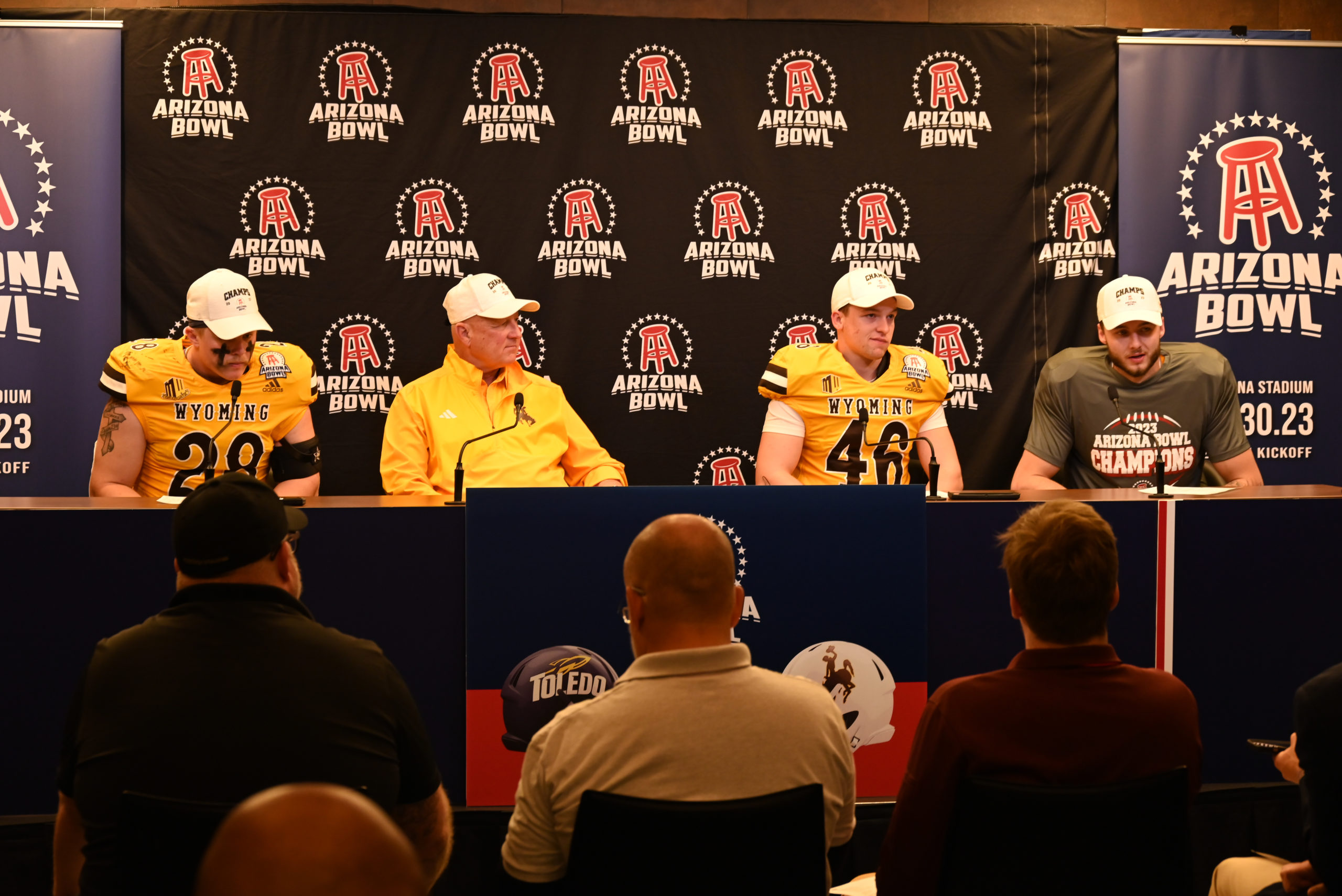I think it is important to be skeptical of the media and question anything presented as fact. In light of the election season, I will discuss yellow journalism and how it is relevant today.
According to library.thinkquest.org, yellow journalism was the nickname for newspapers in the gilded age, or 1890s, that featured dramatic headlines, fake interviews, pseudo science and presented opinion as fact. The papers were thought to be a way to capture the lower class’s desire for over-the-top news and low attention span. Many historians, according to thinkquest.org, view yellow journalism as an all-time low in credible news. These papers were literally printed in yellow ink, but the name yellow journalism can be applied to any newspaper that places the goal of selling papers over giving a fair and balanced account of the truth.
News media underwent dramatic changes in the early part of the twentieth century to eliminate yellow journalism, but elements of it are still alive and well. The infamous days of batboy in the National Enquirer are gone, but many tabloids still line the supermarket check-out aisles. The headlines are often clever and many feature a front-page quote to try to verify the claim. Sadly those are two key ingredients of yellow journalism.
In theory, any time a claim is made, there is a credible source to back it up. Any time an adjective is inserted in a hard news story, it should be supported by a direct quote or hard evidence, but even the biggest newspapers fall victim to editorializing the news. To give an example, the stories written by the Associated Press are littered with editorial comments that can be as slight as saying someone is well-respected. During the election season, the media lets its true colors show in not-so-subtle ways. There may be more or less coverage for one candidate or political party. If one candidate makes a public blunder, such as Romney’s Big Bird comment, headlines will be designed to be eye catching and in some cases may present an opinion.
There is a specific time and place for opinion, and it should be clearly labeled. Most newspapers include a statement to the effect of, “the opinions expressed do not represent the views of the newspaper.” Also keep in mind that there is no such thing as unbiased news coverage, as every source and writer will bring a unique set of biases. Try reading from many different sources to get a more complete picture of the news and then draw your own conclusions. The gilded age and yellow journalism may be a thing of the past, but keep a sharp eye out for one-sided news and dramatic headlines.


